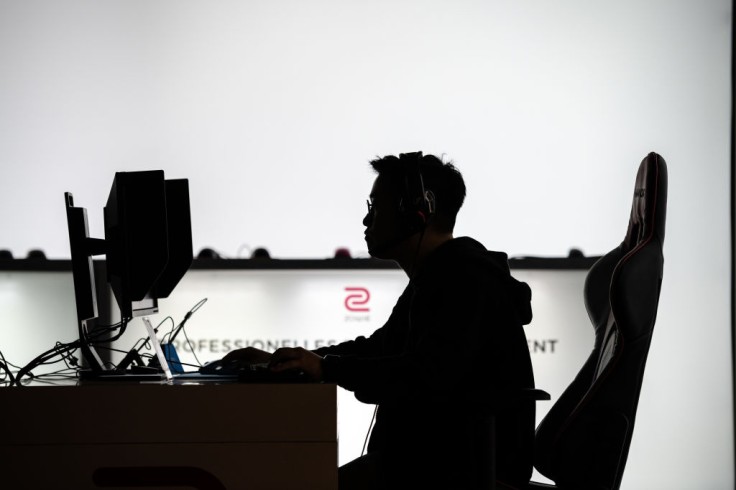
Building a customized personal computer can get extremely exciting and overwhelming at the same time.
However, after building their own PC, users often got something wrong along the way, which causes it to stop booting, thus leading them to ask how to fix new PC that won't boot.
Sometimes, there might be a certain wire or component that isn't plugged correctly. Even the most basic of structures can be difficult to work with at times.
A newly assembled PC build that refuses to boot will put a user's knowledge, patience, and troubleshooting skills to the test.
A faulty device is sometimes all that stands between user and the ecstasy of a first boot.
Most of the time, however, it's a build-process issue.
Written below are 3 reasons why my PC doesn't boot as it might help other users on how to boot new PC amd fix the problem.
An Overheating Processor
It's unusual to end up with a faulty CPU.
However, it is very much possible that a user's processor is overheating.
If a user's PC build powers up for a brief moment before abruptly shutting down, this is one of the unmistakable symptoms that something is wrong.
According to PC Gamer, it's possible that the CPU cooler isn't making enough contact with the processor, hence, the computer is shutting down to protect itself.
Furthermore, if a user is using an AIO cooler, they may not have connected the pump's power cord, resulting in an overheating CPU.
The fan header should be checked first.
Make sure the cooler's fan is connected to the motherboard's CPU fan header. This will be located near the CPU socket and will be properly labeled.
Remove and reinstall the CPU cooler if that checks out, as well as everything else up to this point.
However, users shouldn't need to clean and reapply thermal paste on a brand new construction unless they put too much or too little at the start.
By resealing the cooler, users should be able to get it to establish adequate contact with the CPU, allowing their PC boot possible.
Read Also: Concerned About Your Mac Storage? How to Free Up Storage Space Manually on Your Apple Device
Missing Cables For Power Supply
A PC's motherboard, as well as its processor and graphics cards, require power.
Depending on their exact parts, they may have three or more power cables that need to be plugged in from their power source, and if one of them is missing, their system will simply stare at a user blankly when they try to turn it on.
On a fully modular PSU, it's very easy to overlook a key cable.
Check that the main 24-pin ATX cable is inserted into the motherboard if a PC build isn't booting.
A 20-pin connector is seen on some motherboards. The four extra pins on most current PSUs separate from the primary connector.
Make sure that the right PSU wires are connected to the 4-pin or 8-pin CPU connector on the PC's motherboard.
Misplaced Connectors
Missplaced connectors in the front panel might be the answer on how to fix new PC that won't boot.
The front panel connectors are a good place to start.
It seems absurd that we still have to fiddle with a bunch of tiny wires while referring to positive/negative diagrams in the motherboard handbook, but that's the way it is.
As stated by Digital Trends, the power button, reset button, and drive activity LED are all connected to a specific connector on the motherboard through these wires that extend from the case's front panel.
It's all too easy to connect these to the wrong pins.
As an example, a user hooks the power LED wires into the power switch wires, nothing happens when they hit the power button on their case.
Fortunately, plugging them in incorrectly will not harm their PC build.









